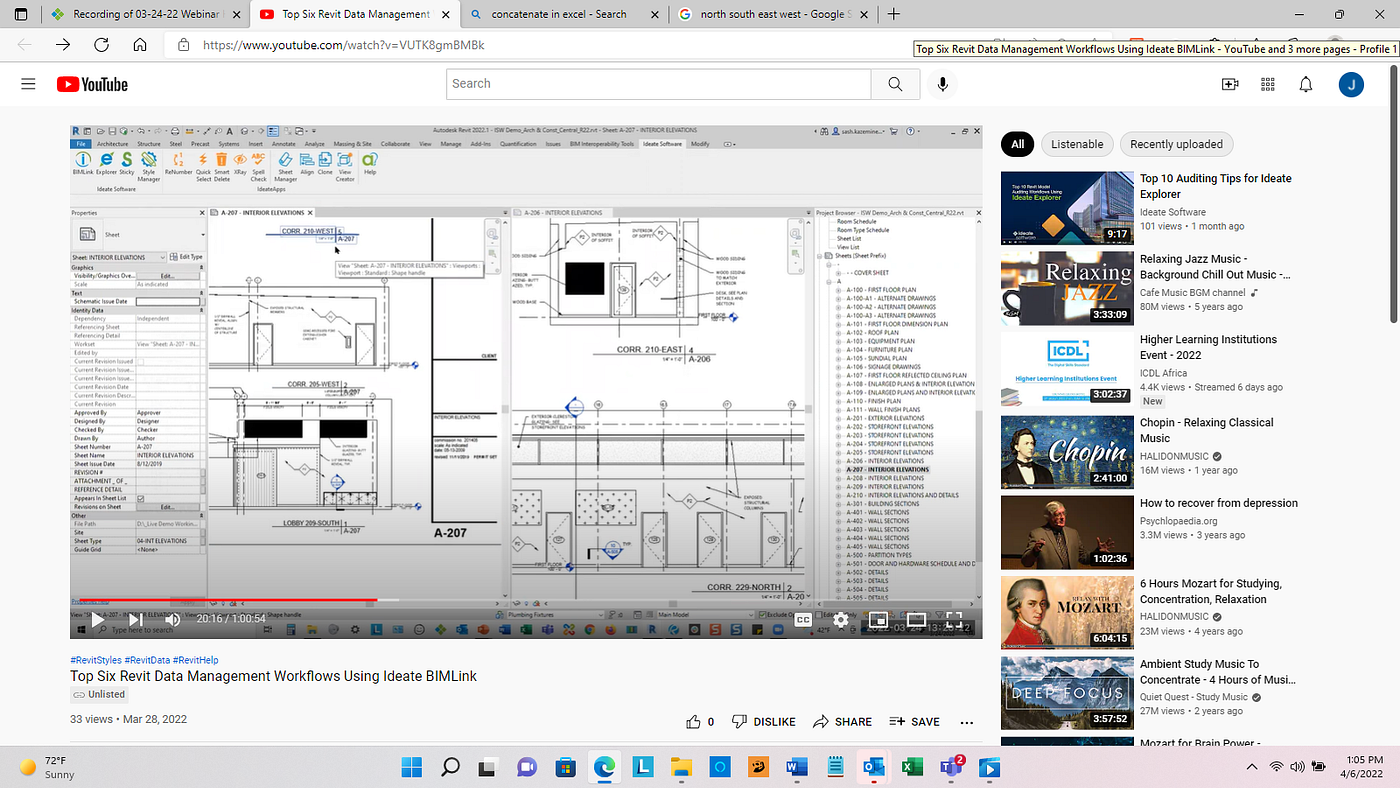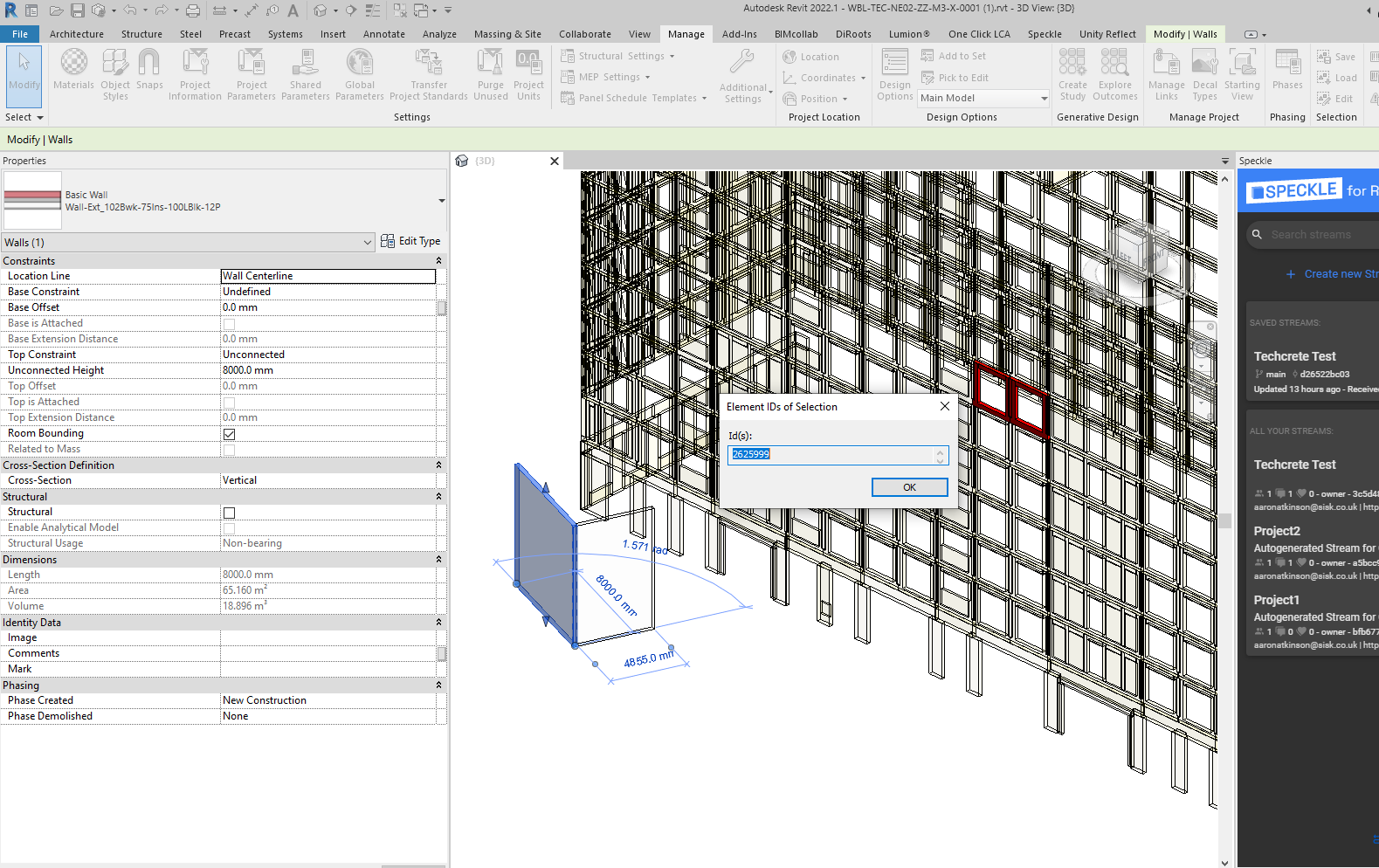Opening New Capabilities: Enhance Revit Tools with the Right Plugins
Wiki Article
Revit Excel Combination Demystified: Simplifying Workflows for Improved Task Sychronisation
Look no better, because Revit Excel Integration is here to demystify the process and streamline your projects. In this article, we will certainly assist you through the importance of Revit Excel Integration, show you how to simplify process, and offer best practices for successful integration.The Relevance of Revit Excel Combination
You need to understand the importance of Revit Excel combination to effectively improve your operations and enhance job sychronisation. The assimilation of Revit, a powerful structure info modeling (BIM) software, with Excel, a commonly used spread sheet program, gives numerous benefits for engineers, engineers, and building and construction specialists.

By integrating Revit with Excel, you can eliminate manual data entry and decrease the danger of errors. This not only saves time but likewise guarantees accuracy in your job paperwork. You can update data in Excel, and it will automatically update in Revit, maintaining consistency throughout your project.
Furthermore, Revit Excel integration enhances project control by making it possible for reliable cooperation amongst team members. With data synchronized in between Revit and Excel, every person can access one of the most updated information and work with each other flawlessly. This advertises smoother interaction, decreases conflicts, and improves total job effectiveness.
How to Streamline Workflows With Revit Excel Assimilation
Enhance your process by seamlessly attaching Revit and Excel to improve your workflow. By incorporating these two powerful devices, you can enhance task sychronisation and improve performance in your work. With Revit Excel integration, you can conveniently transfer information in between both systems, enabling for seamless communication and collaboration.

An additional advantage of Revit Excel assimilation is the ability to produce personalized reports and examine data much more properly. With Excel's robust functions, you can execute advanced computations, develop charts and graphs, and generate extensive records based upon the data from your Revit designs. This enables you to make and get valuable insights informed decisions throughout the job.
Enhancing Task Coordination With Revit Excel Integration
By perfectly linking your layout software with powerful data analysis tools, you can considerably boost the control of your tasks. Revit Excel integration allows you to improve your process and enhance job sychronisation by getting rid of hands-on information entrance and minimizing mistakes. With this combination, you can quickly move information between Revit and Excel, guaranteeing that all job info is up to date and accurate.One of the key advantages of Revit Excel assimilation is the capacity to import and export information in between the two software application perfectly. This implies that you can easily import existing project data from Excel right into Revit, conserving you effort and time in returning to info. You can export job information from Revit to Excel, allowing you to execute advanced evaluation and calculations using the effective functions of Excel.
Moreover, Revit Excel combination enables you to develop dynamic links in between both software (revit tools). This means that any kind of modifications made in Revit will automatically upgrade in Excel, and vice versa. This ensures that all task stakeholders are working with one of the most updated details, enhancing task sychronisation and reducing the threat of errors
Conquering Difficulties in Revit Excel Assimilation
When getting over difficulties in the assimilation of Revit and Excel, it's essential to make certain seamless data transfer and lessen Visit Website mistakes. One common you could try this out obstacle is the compatibility of data layouts between Revit and Excel.One more obstacle is the absence of synchronization between Revit and Excel. It's important to develop a clear operations that guarantees both systems are upgraded in real-time. This can be attained by using cloud-based partnership tools or developing a system for normal information syncing.
Dealing with large datasets can likewise be troublesome. Revit and Excel have various capacities when it comes to dealing with big amounts of information. To conquer this obstacle, you can divide the data into smaller, manageable chunks or use data filtering techniques to concentrate on specific areas of interest.
Lastly, human error can lead to discrepancies in between Revit and Excel information. It is essential to educate staff member on the combination process and establish quality assurance measures to capture any kind of mistakes. Routine audits and cross-checks can help identify and rectify any kind of incongruities.
Ideal Practices for Successful Revit Excel Integration
To make certain successful assimilation of Revit and Excel, it's important to comply with some best methods that will certainly help enhance your operations and reduce mistakes. Additionally, when linking Excel information right into Revit, guarantee that the information is tidy and totally free from any formatting concerns that could trigger mistakes.An additional important method is to regularly update your Excel data in Revit. This can be conveniently achieved by establishing a clear process for updating the connected information. Make it a habit to evaluate and update the data at routine periods, specifically when changes are made to the project. This will assist maintain your information exact and approximately day.

Verdict
So, there you have it - revit Excel integration doesn't have to be a daunting task. With revit Excel combination debunked, you'll be well on your way to taking full advantage of the potential of these tools and taking your projects to brand-new heights.You can export your Revit schedules to Excel, make adjustments or updates in Excel, and then import the updated information back into Revit with simply a few clicks. Revit Excel assimilation enables you to improve your operations and enhance project control by eliminating hand-operated data access and minimizing errors. With this assimilation, you can easily move data in between Revit and Excel, ensuring that all task information is up to day and accurate.
You can export job data from Revit to Excel, enabling you to perform sophisticated evaluation and computations making use of the powerful functions of Excel.
Additionally, when linking Excel information into Revit, make sure that see this the information is totally free and tidy from any kind of formatting problems that can cause mistakes.
Report this wiki page